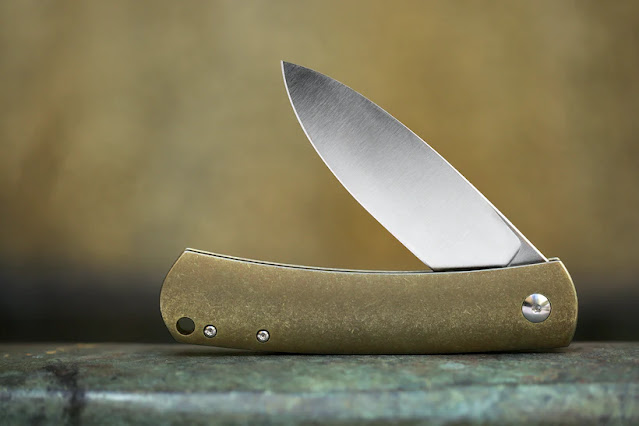SCRIMSHAW POCKET KNIFE CARE
A high-quality Scrimshaw Pocket knife not only for those who understand the blade but also for anyone who knows practical things. But in order for the knife to always serve the owner reliably, it needs special care and attention.
Knife sharpening
It is impossible to accurately determine the sharpening angle of all knives, because. It mainly depends on the shape and thickness of the sheet as well as its purpose. Remember that the sharper the sharpening angle of the knife, the sharper the blade, however, you have to use the blade more carefully. For most products, the best sharpening angle would be 20 degrees.
When choosing sharpening tools, you also need to be careful and know all the nuances. For example, tools that have a clamp to attach to a knife can easily scratch the blade if not handled carefully enough.
The most common and effective method of sharpening is to move the knife against the sharpening tool (stone sharpening or sharpening stone). If sharpeners use stone, it is important to maintain a uniform angle between the blade and the stone throughout the sharpening process. To sharpen the flute, a triangular stone or round-edged block should be used. The difficulty with sharpening these blades is that you have to make sure that the blade is perfectly sharp, not just sharp points.
Also, make sure that your sharpening tools are always clean, because. Otherwise, the steel will remain on the surface, which can damage the blade. Use a special paste and solution, a hard sponge, or running water for cleaning.
Cleaning a Scrimshaw Pocket knife
Because Scrimshaw Pocket knives require special cleaning procedures. Due to the dirt, the blade lock may stop working. Regularly remove dust and fine dirt, for example by mixing a small piece of cotton, or, very simply, blowing the knife with a compressor or other source of compressed air. If the contamination is more serious (such as heavy dirt, peanut butter, etc.), wash the knife thoroughly with clean water, and use a toothbrush if necessary.
If the blade is exposed to certain contaminants (for example, many types of fruit juices, seawater, salt water, and blood), wash it immediately with plenty of water. Unfortunately, this applies to everything, including stainless steel. If the blade is made of ceramic or satellite, it will not corrode, however, does not apply to the metal elements of the handle.
But if the razor has natural materials (especially wood), please avoid prolonged exposure to water and getting wet on the blade, because. This can damage the product.




Comments
Post a Comment